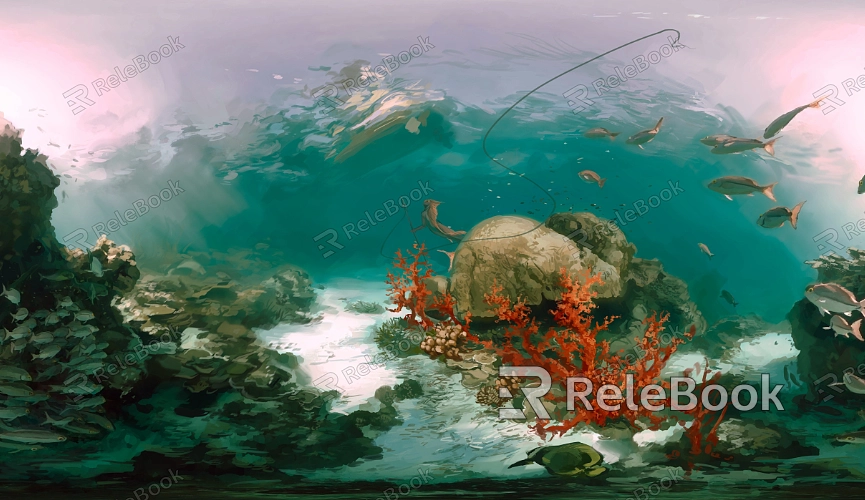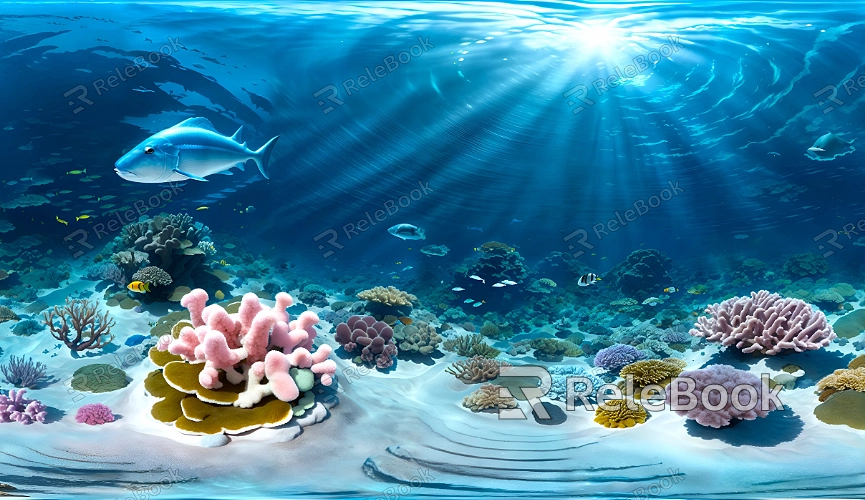HDR Skybox Textures: Are There Specific File Formats?
In the realm of 3D modeling and rendering, HDR skybox textures are essential for creating immersive and realistic environments. Designers often face the question of which file formats are most suitable for HDR textures, especially when working with various software like Unreal Engine, Blender, and Unity. Understanding the specific file formats that HDR skybox textures can use is crucial for optimizing performance and visual quality in any project. This article will delve into the common file formats used for HDR skyboxes and their respective advantages.

Common HDR File Formats
HDR skyboxes are typically stored in formats such as HDR, EXR, and TIFF.
Each format has its own set of benefits, making it important to choose the right one based on the project's requirements.
HDR Format
The HDR format is specifically designed to store high dynamic range images.
It allows for a wider range of brightness and color depth, making it ideal for capturing realistic lighting information.
EXR Format
OpenEXR (EXR) is a popular format developed by Industrial Light & Magic.
It supports multiple channels and high dynamic range, making it suitable for complex scenes that require detailed lighting and shading information.
TIFF Format
TIFF (Tagged Image File Format) is another option for HDR textures, as it can support high bit depths.
While not exclusively designed for HDR, it can still retain significant detail and quality in color representation.
Compression and File Size
Different file formats have varying levels of compression.
HDR and EXR formats typically result in larger file sizes due to their high detail, which can impact loading times and performance in rendering engines.

Compatibility with Software
It's essential to consider the compatibility of file formats with the software being used.
Most modern 3D applications like Blender, Unreal Engine, and Unity support HDR and EXR formats, ensuring seamless integration into projects.
Use Cases for Each Format
The choice of format often depends on the use case.
For example, HDR formats are excellent for real-time applications in games, while EXR may be favored for high-quality offline rendering in animation and VFX.
Post-Processing Capabilities
Some formats, particularly EXR, offer greater flexibility in post-processing.
This allows designers to adjust lighting and color grading with more precision, enhancing the final output.
Performance Considerations
Designers should be aware of the trade-offs between quality and performance when selecting file formats.
Larger file sizes may slow down rendering times, especially in real-time applications, so balancing quality and performance is key.
Future Trends in HDR Formats
As technology advances, new formats may emerge that offer even better performance and quality.
Keeping an eye on industry trends can help designers stay ahead in their work.
Understanding the specific file formats available for HDR skybox textures is essential for any designer looking to create high-quality 3D environments. Whether using HDR, EXR, or TIFF, each format has unique characteristics that can significantly impact the project's visual fidelity and performance.
By making informed choices about file formats, designers can enhance the realism and efficiency of their scenes. If you're in search of high-quality HDR resources, 3D textures, or models, Relebook offers an extensive selection to help you achieve exceptional visual effects in your projects.

